Mbs-med skin/body beauty machines all designed to enhance both your beauty and overall well-being. From facial muscle stimulation to body slimming, hair removal, and skin care, these non-invasive solutions can help you achieve a youthful and radiant appearance. I’ve included information on how each treatment works, including facial massage techniques, essential oil therapy, and the use of advanced laser technology for skin rejuvenation and pigmentation removal.
Mbs-med skin/body beauty machines all designed to enhance both your beauty and overall well-being. From facial muscle stimulation to body slimming, hair removal, and skin care, these non-invasive solutions can help you achieve a youthful and radiant appearance. I’ve included information on how each treatment works, including facial massage techniques, essential oil therapy, and the use of advanced laser technology for skin rejuvenation and pigmentation removal.
You’ll also learn about tattoo removal, vascular lesions treatment, and other solutions to improve your skin’s appearance. Throughout the page, I emphasize the importance of making informed decisions, following safety guidelines, and seeking professional advice to ensure the best results. Additionally, I highlight how maintaining a healthy lifestyle through proper diet, sun protection, adequate sleep, and women’s health care can support your beauty goals in the long run.
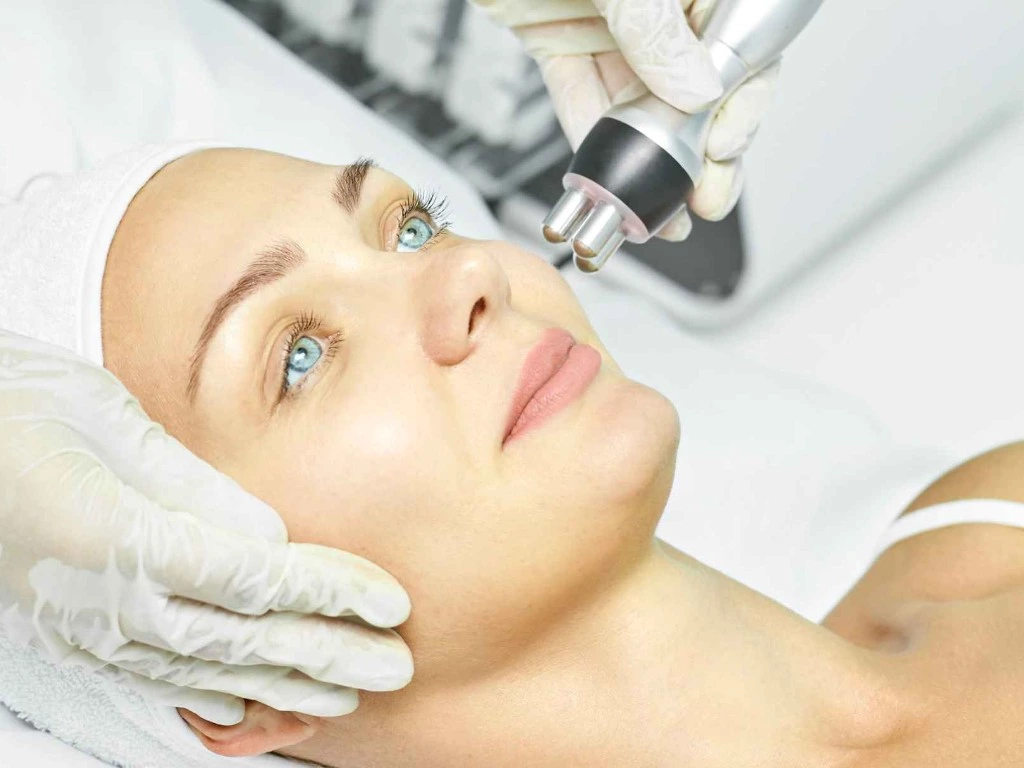
Facial Muscle Stimulation
Facial muscle stimulation is a scientifically-backed, non-invasive treatment that addresses both aesthetic and medical concerns. By strengthening facial muscles and improving skin health, it offers a holistic approach to achieving a youthful, radiant appearance. Whether used in clinics or at home, this innovative technique is revolutionizing the way we care for our skin.
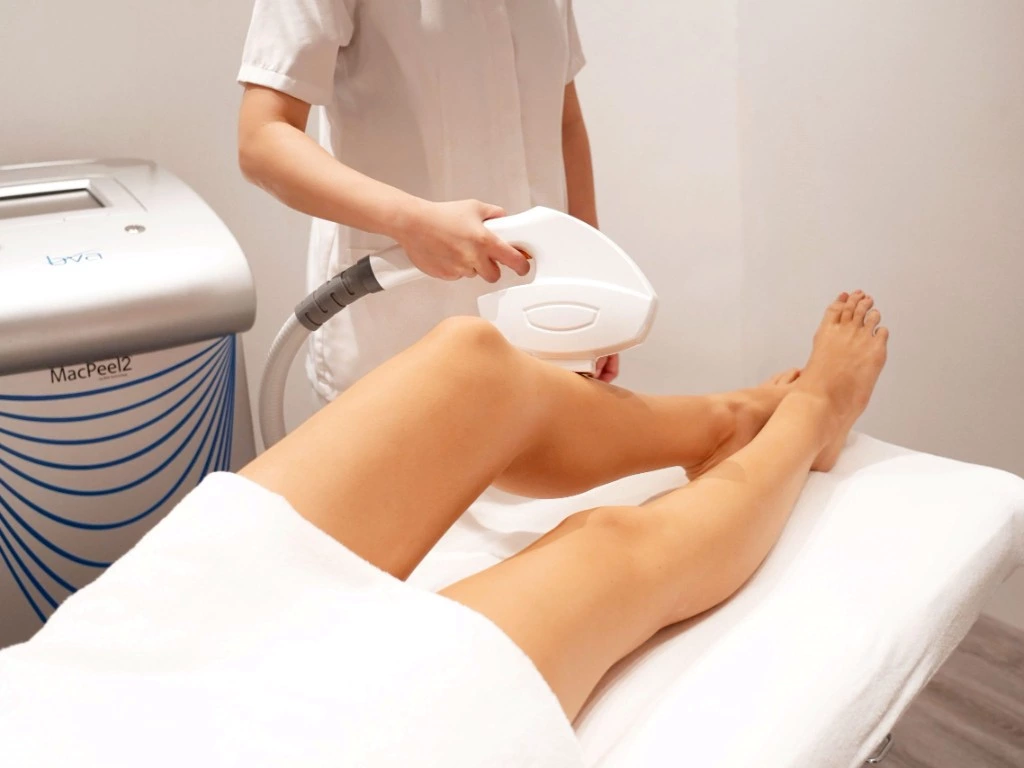
Hair Removal
Modern hair removal treatments provide efficient, lasting solutions tailored to diverse needs. Whether opting for at-home IPL or professional electrolysis, understanding your options ensures informed decisions. Always prioritize safety by following guidelines and consulting experts. Embrace smoother skin and newfound confidence with the right treatment!

Body
Body slim and fat reduce machine treatments offer a promising solution for those seeking to improve their body contours without surgery. By understanding the technologies involved, the benefits, and the considerations, individuals can make informed decisions about these treatments. With the right approach and professional guidance, these treatments can be a valuable tool in achieving a slimmer, healthier body.

Skin Care
The pursuit of flawless, youthful skin has driven the development of various skincare technologies, with laser skin care treatments machines standing out as a significant advancement. These machines utilize laser technology to address a range of skin concerns, from wrinkles and fine lines to pigmentation issues and skin texture. With their precision and effectiveness, laser skin care treatments have become increasingly popular in both professional dermatological practices and at-home care routines.
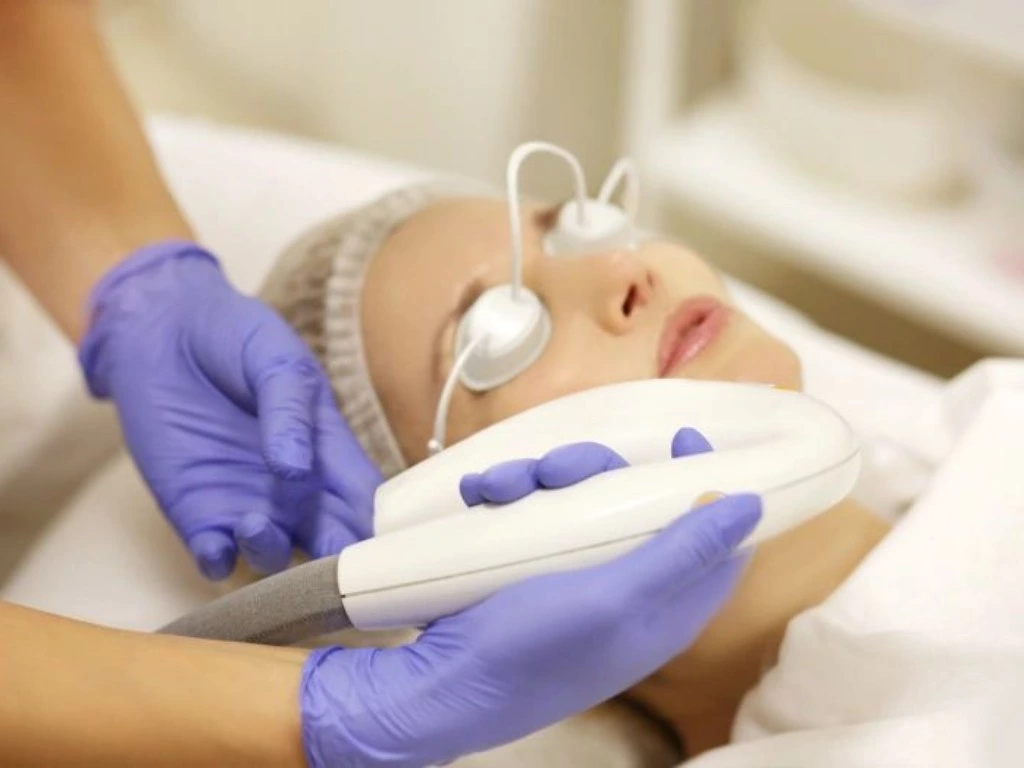
PhotofabulousSmoothGlo
The PhotofabulousSmoothGlo treatment represents a significant advancement in non-invasive skincare solutions, offering a comprehensive approach to achieving smoother, brighter, and healthier-looking skin. By understanding its benefits, how it works, and what to expect, individuals can make informed decisions about incorporating this treatment into their skincare regimen. With its ability to address a range of skin concerns and its non-invasive nature, the PhotofabulousSmoothGlo treatment is an attractive option for those seeking effective skincare solutions.
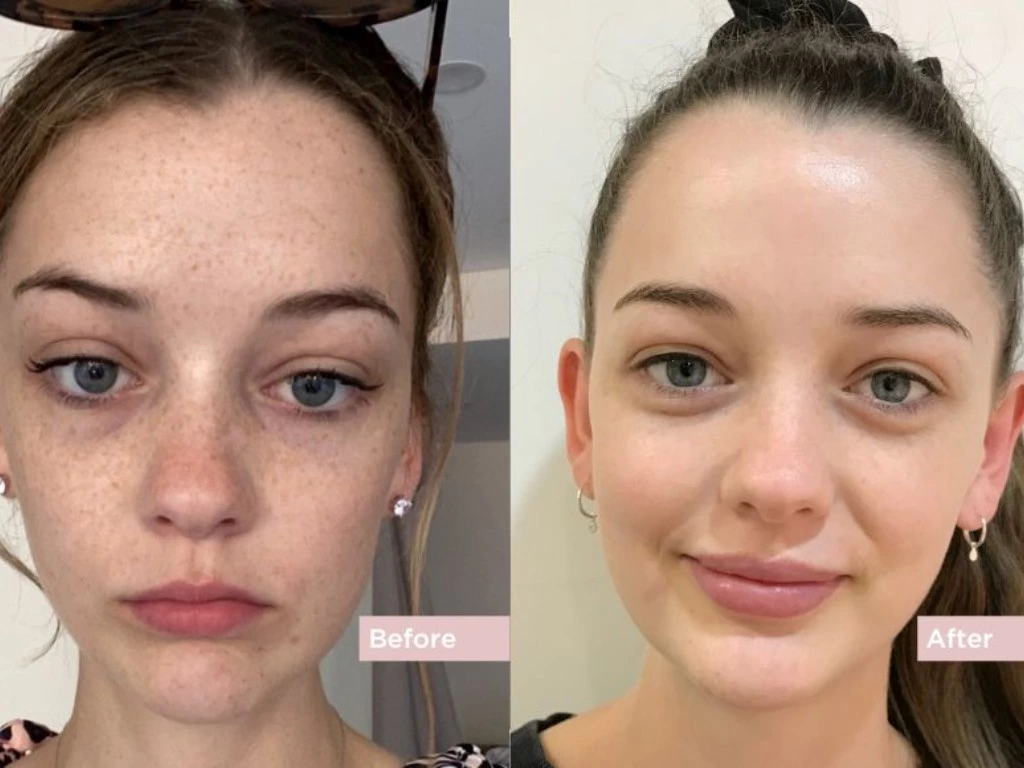
Pigmentation removal
Pigmentation removal treatment offers a viable solution for individuals looking to address hyperpigmentation and other skin concerns. By understanding the causes of pigmentation and the available treatments, individuals can make informed decisions about their skincare. With the guidance of a dermatologist and by following proper pre- and post-treatment care, individuals can achieve significant improvements in their skin appearance. As technology continues to advance, the effectiveness and accessibility of pigmentation removal treatments are likely to improve, offering new hope for those affected by pigmentation issues.
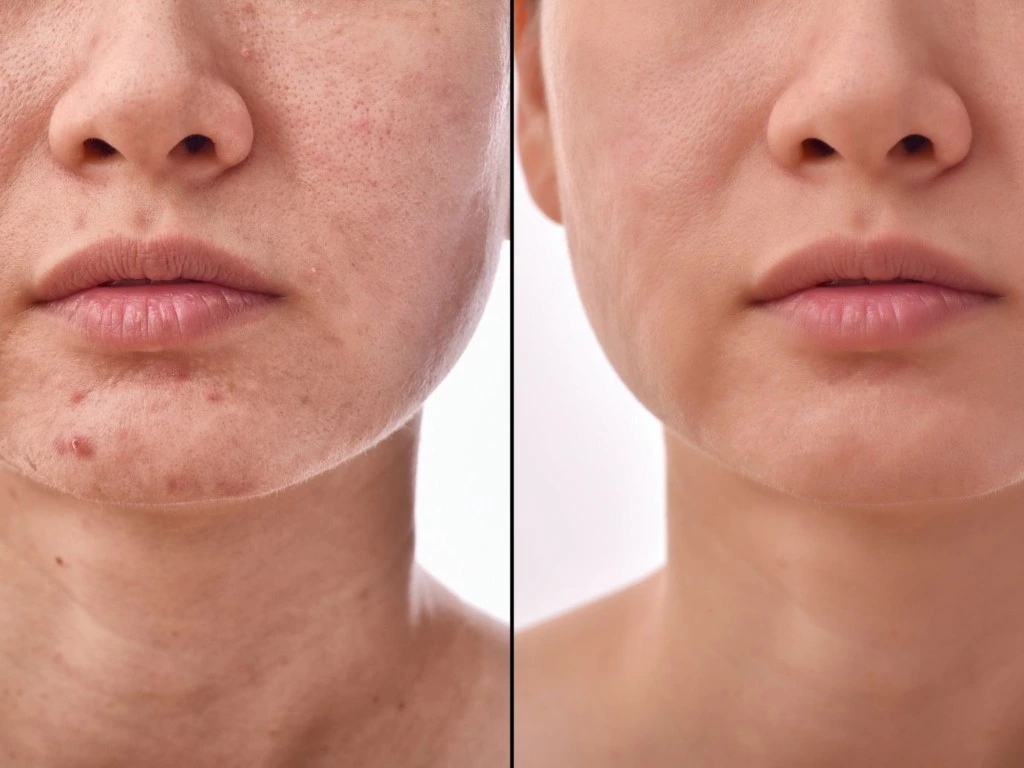
Scars Treatment
Scars are a natural part of the healing process after an injury to the skin. They can result from various factors, including accidents, surgeries, and skin conditions like acne. While some scars may fade over time, others can be persistent and affect an individual's self-esteem and quality of life. Effective scars treatment is crucial for minimizing their appearance and improving skin texture. This article explores the different types of scars, various treatment options available, and practical advice for managing scars.

Tattoo Removal
Tattoo removal is a complex process that requires careful consideration and planning. By understanding the technology, benefits, and risks involved, individuals can make informed decisions about their treatment. With the right guidance and aftercare, tattoo removal can be a safe and effective way to erase unwanted tattoos and improve skin appearance. By following the advice and guidelines outlined in this article, individuals can achieve optimal results and enjoy a more confident and carefree life.
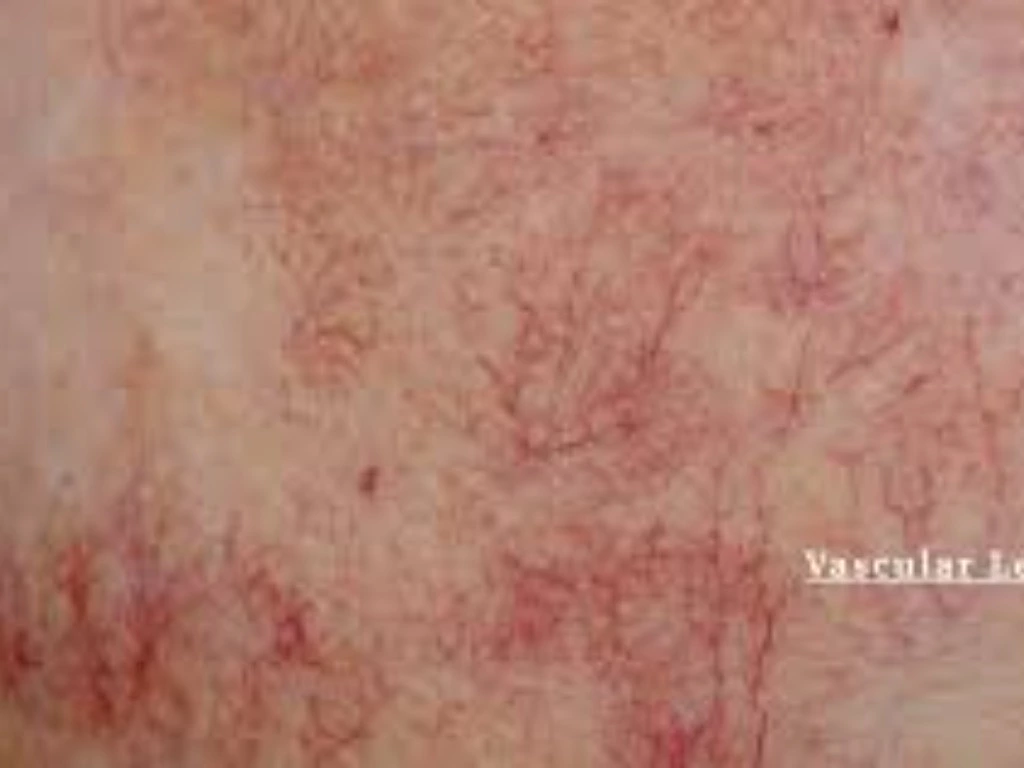
Vascular Lesions Treatment
Vascular lesions are a diverse group of conditions that require a tailored approach to treatment. With advancements in medical technology, various effective treatment options are now available, ranging from laser therapy and sclerotherapy to surgical intervention. Understanding the type of vascular lesion and selecting the appropriate treatment modality is crucial for optimal outcomes. By staying informed about the latest treatment options and technologies, healthcare providers can offer the best possible care to their patients.

Women's Health
Women's health treatment is multifaceted, requiring a comprehensive approach that includes preventive care, diagnosis, treatment, and management of various health conditions. By understanding the different aspects of women's health and taking proactive steps, women can maintain optimal health and well-being. It is essential for women to have access to quality healthcare services and to be empowered with the knowledge to make informed decisions about their health. By doing so, we can improve health outcomes for women and contribute to a healthier society as a whole.
